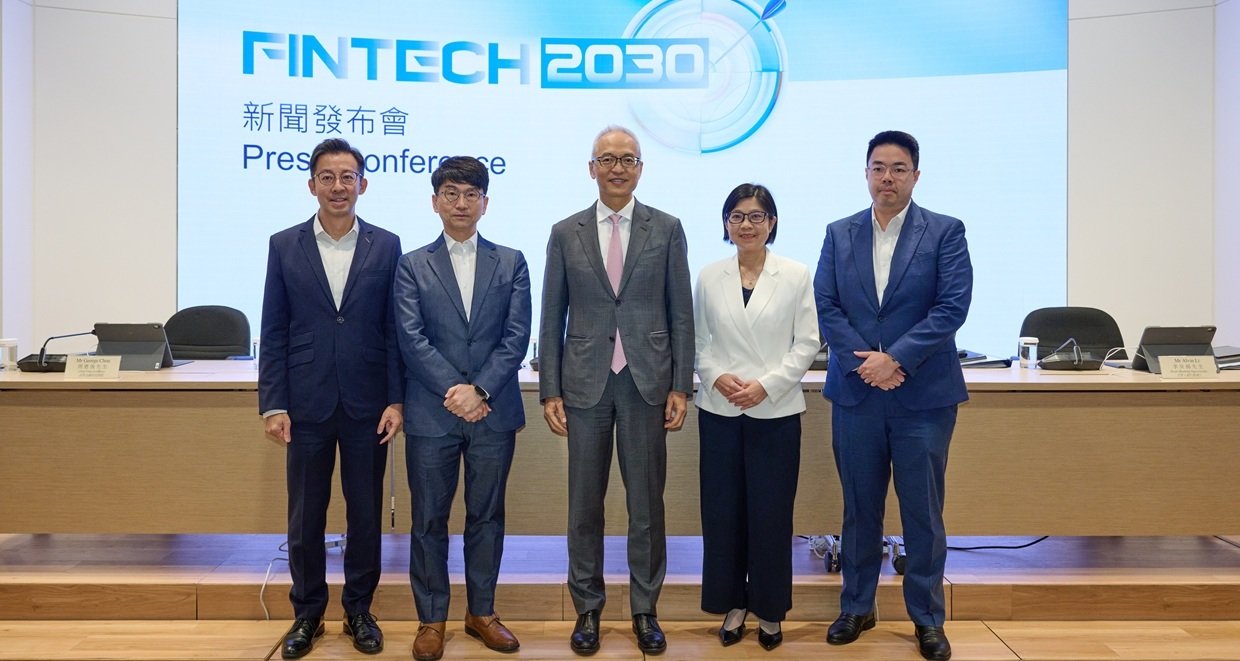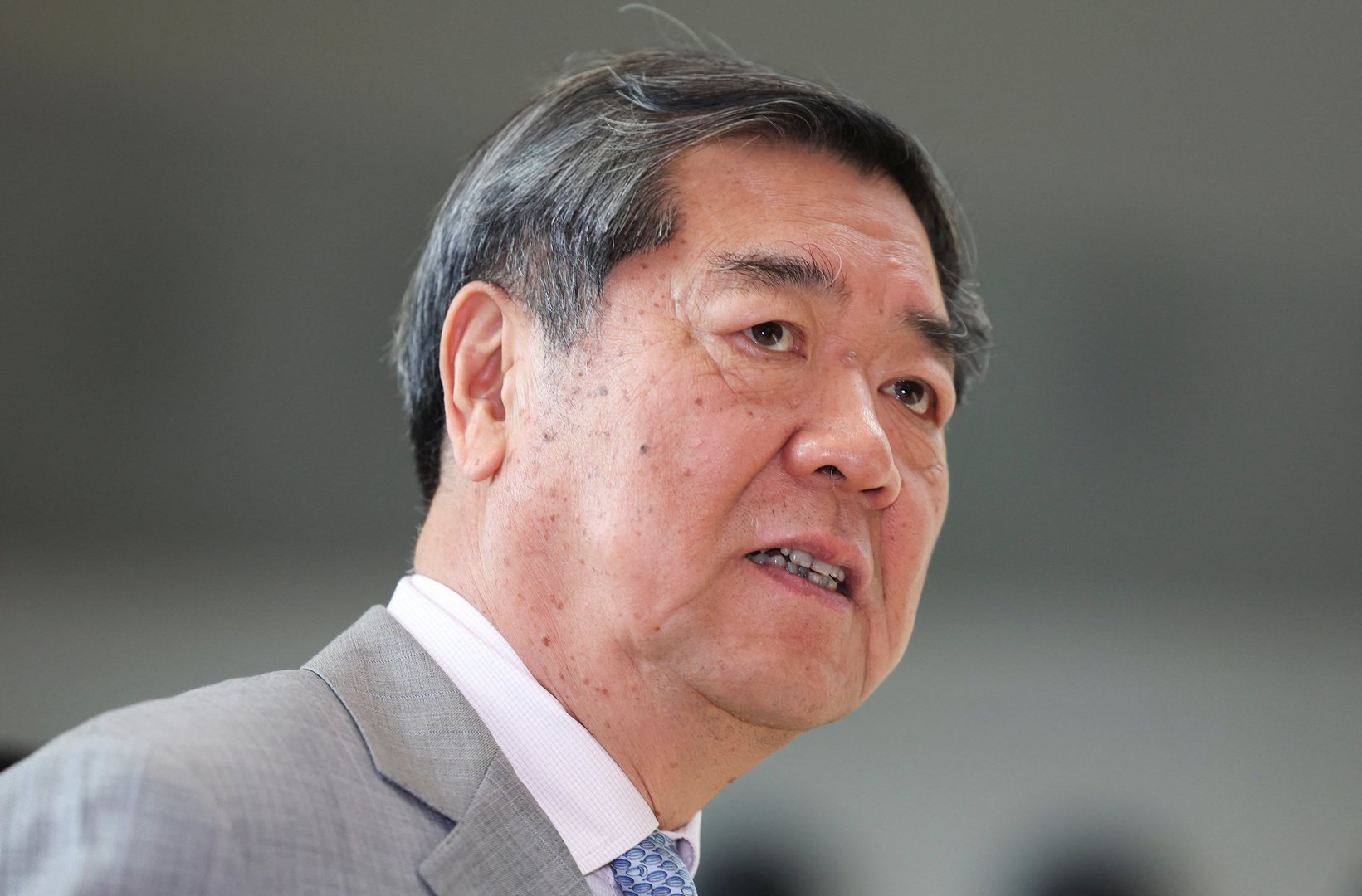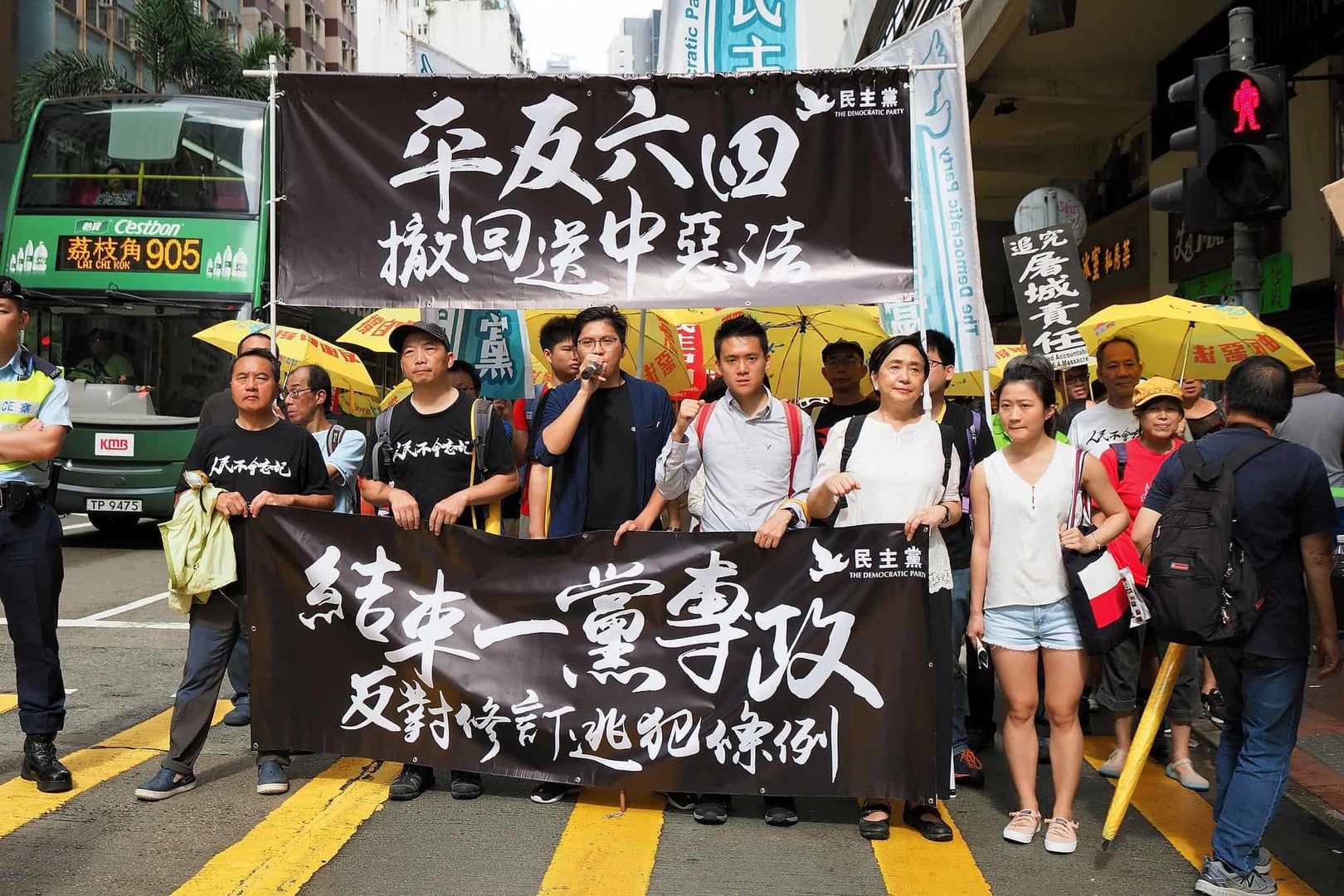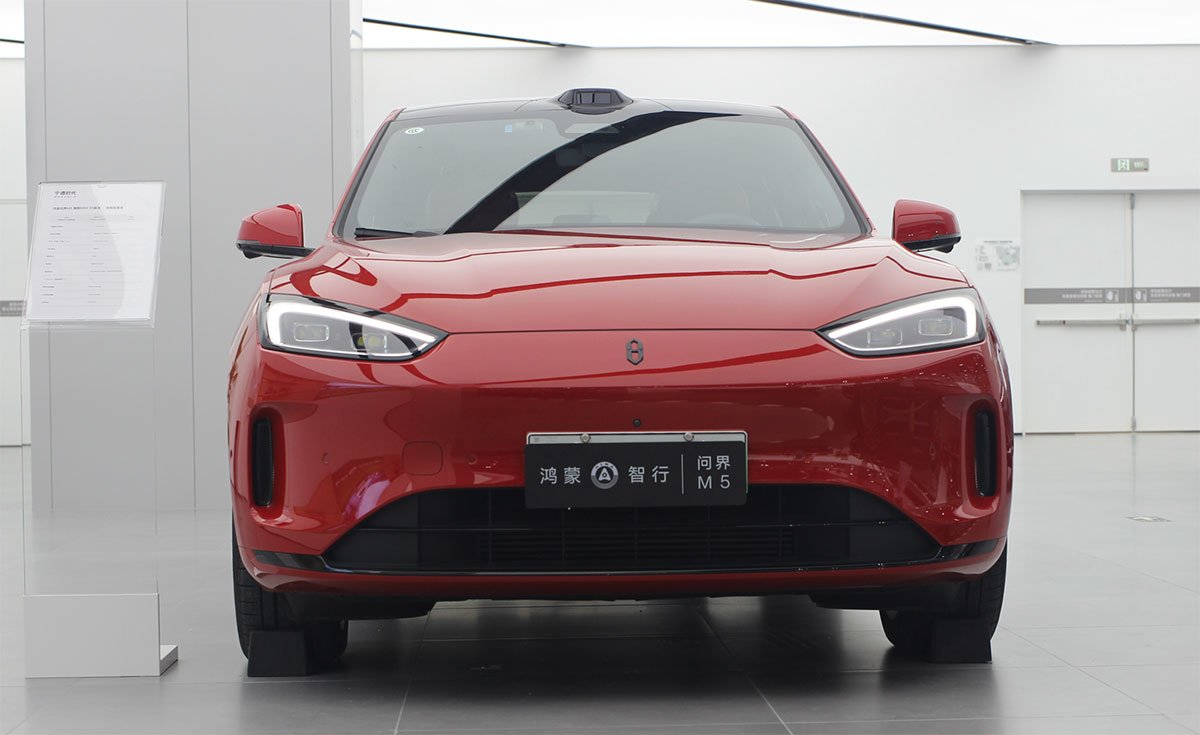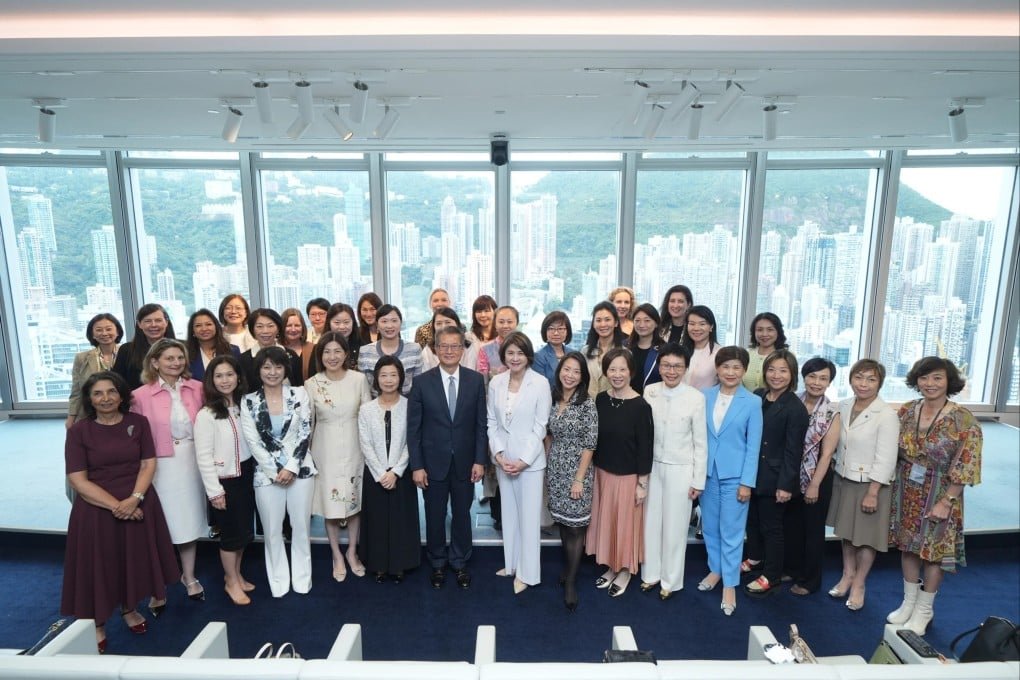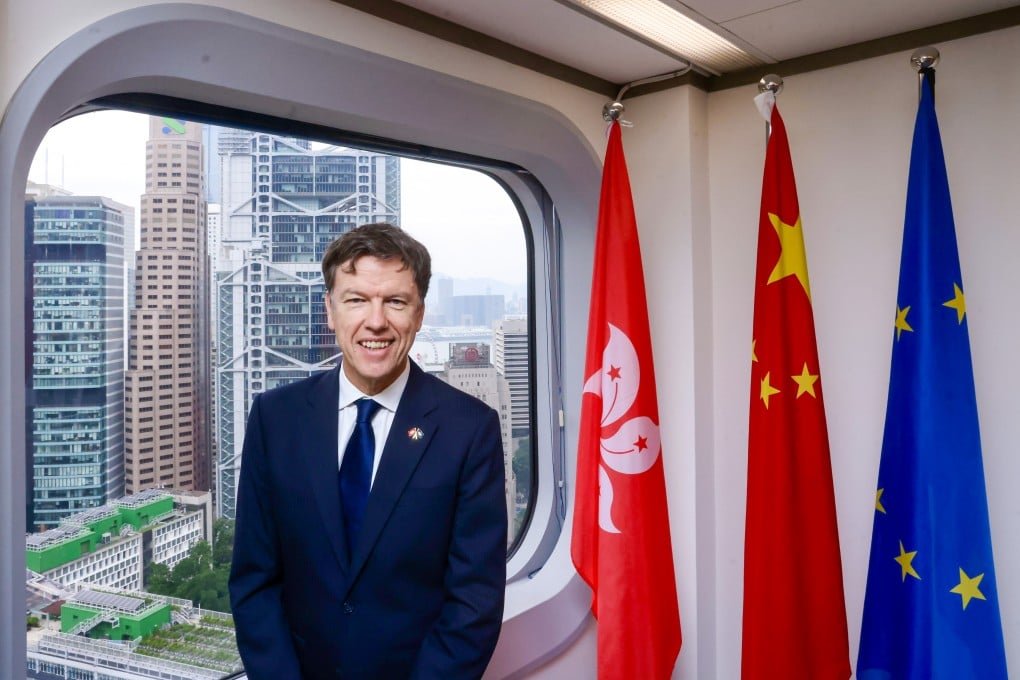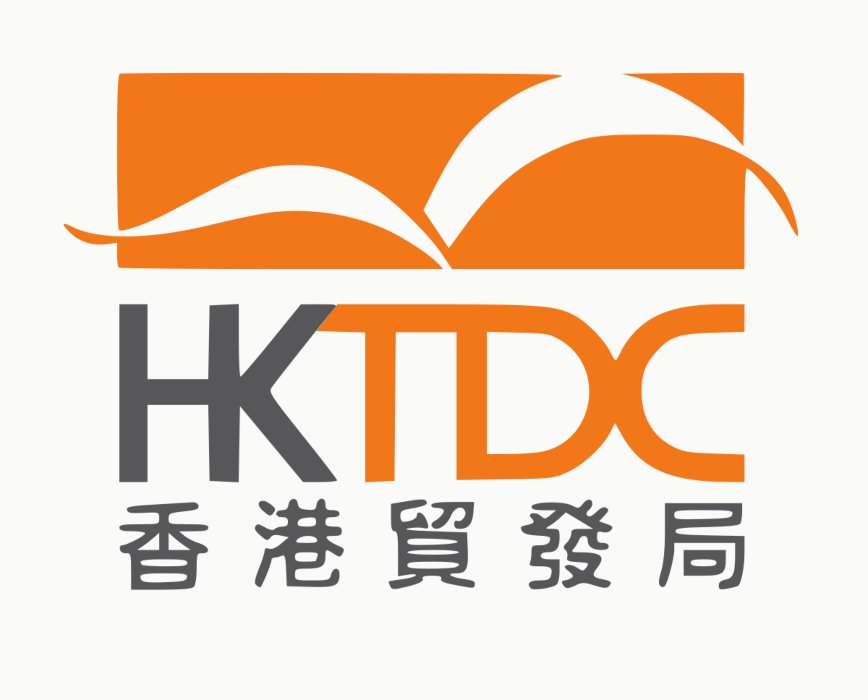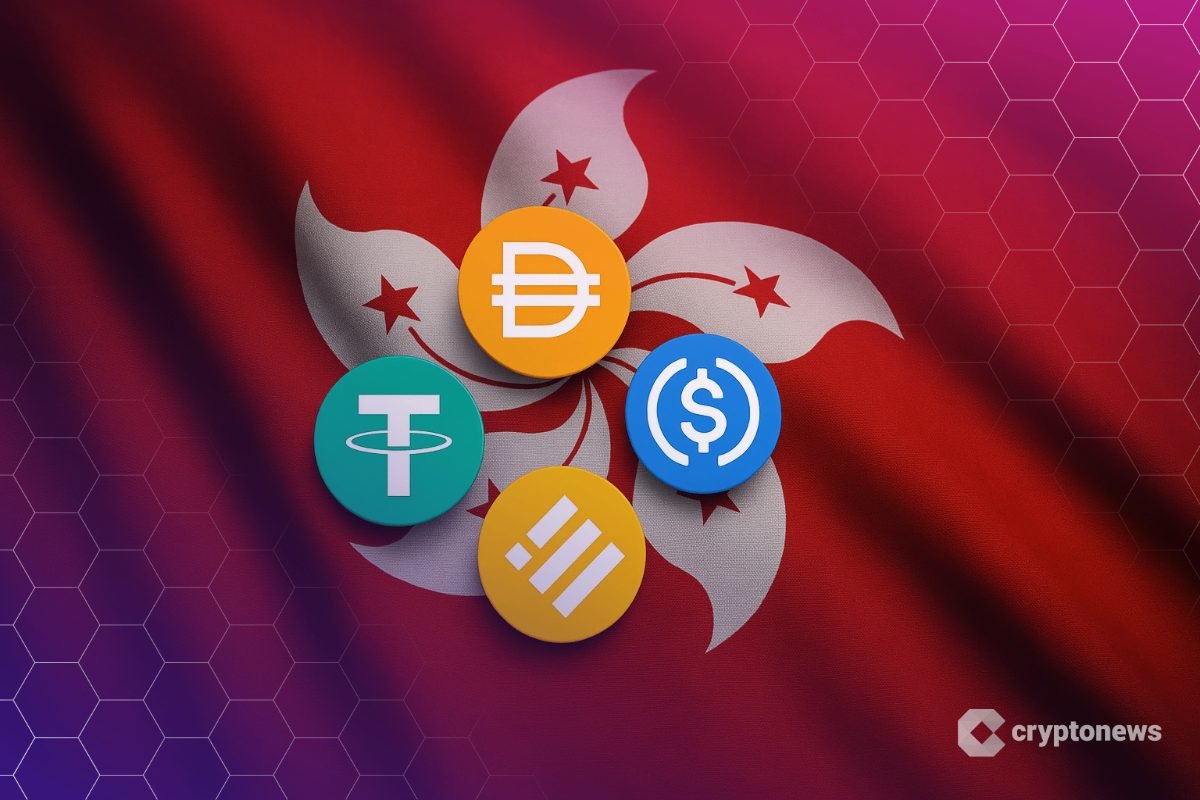
There has never been a better time to get your DIY gloves on and start a home décor project – whatever your skill level. From the kitchen to the bedroom, bathroom, and even lighting, little changes can make a big impact. We have gathered some of the most inspiring DIY videos that have a range of fantastic ideas to update your place and give it a brand new look.
1. Ventuno Art – Top 20 Home Decor Ideas You Can Easily DIY
Add a touch of color and creativity to your home with Ventuno Art’s Top 20 Home Decor Ideas. The video is full of simple and cute options to customize your furnishings, fixtures, and more. Plus, most of the DIY ideas require no special equipment – just standard craft supplies like colored paper, string, and glitter.
2. Creativideas – DIY Ideas for the Room 2020
For those who have more time and tools for their DIY projects, Creativideas offers excellent options for dressing up your pad. From a fluffy stool to a gorgeous faux-marble tray, every room in your house will get a pretty and unique upgrade once you’ve watched their video.
3. 5 Minute Crafts GIRLY – 24 Cool Decorative Ideas You Can DIY
A more advanced DIY video, these decorative ideas require some outdoor space, specialized equipment – like cement powder, polymer clay, and glass paint – and time to complete. Think flowerpots, custom coasters, and even mini water features! You’ll be amazed at what you can create to transform and reinvigorate your living space.
4. DIY Central – 15 Easy Crafts at Home
These simple and pretty craft ideas are perfect if you have an artistic side. Ideal for a family crafting day, most of the projects are safe enough to do with a child. Plus, they aren’t too time-consuming and will look super cute in your house – particularly the mini terrarium!
5. Creativideas – DIY Home Decor Ideas 2020
This collection of home decor ideas will get your home looking on-trend with Scandinavian and industrial-style pieces. If you’re confident with a drill and know your way around a tin of wood stain, you will find plenty of inspiration for your next DIY project.
6. 5-Minute Recipes – 35 Kitchen Decor Ideas
It can be tricky to make your kitchen look pretty, but these decor ideas from 5-Minute Recipes will have you heating your glue gun in no time! From bowls to jars and even a homemade iPad holder, there are many ways to give your cooking space some personality and flair.
7. Wow Decoration – 8 Beautiful Home Decor Wall Hanging Ideas

Wall decorations and hanging features are a fantastic way to make your apartment look more exciting without adding clutter or taking up floor space. That makes them ideal for those who live in a small apartment or a share house. Check out this clip from Wow Decoration for some fun and fresh hanging ideas.
8. Fashion Pixies – 10 Home Decorating Ideas
Give your home some warm and nature-inspired touches with these crafty pieces from Fashion Pixies. Using only paper, paint, glue, and beads, she will show you how to create unique candle holders, bowls, and wall decorations. You’ll want to try out her ideas immediately.
9. Happy Crafts – Quick and Easy Home Decorating Ideas #2
Create stunning pieces for your home with this video from Happy Crafts. It includes ideas for different rooms, including hallways, bedrooms, and even bathrooms. Plus, You’ll see each step of the DIY process for every piece, which will give you an idea of the equipment you need and the techniques involved.
10. Design Trend Seeker – DIY Home Decorating Projects
Cool and stylish, these on-trend ideas from Design Trend Seeker range from five-minute crafts to large-scale projects. However, all of them will make your home look amazing. There are also DIY ideas for organizing and storing items like jewelry and pantry staples!


